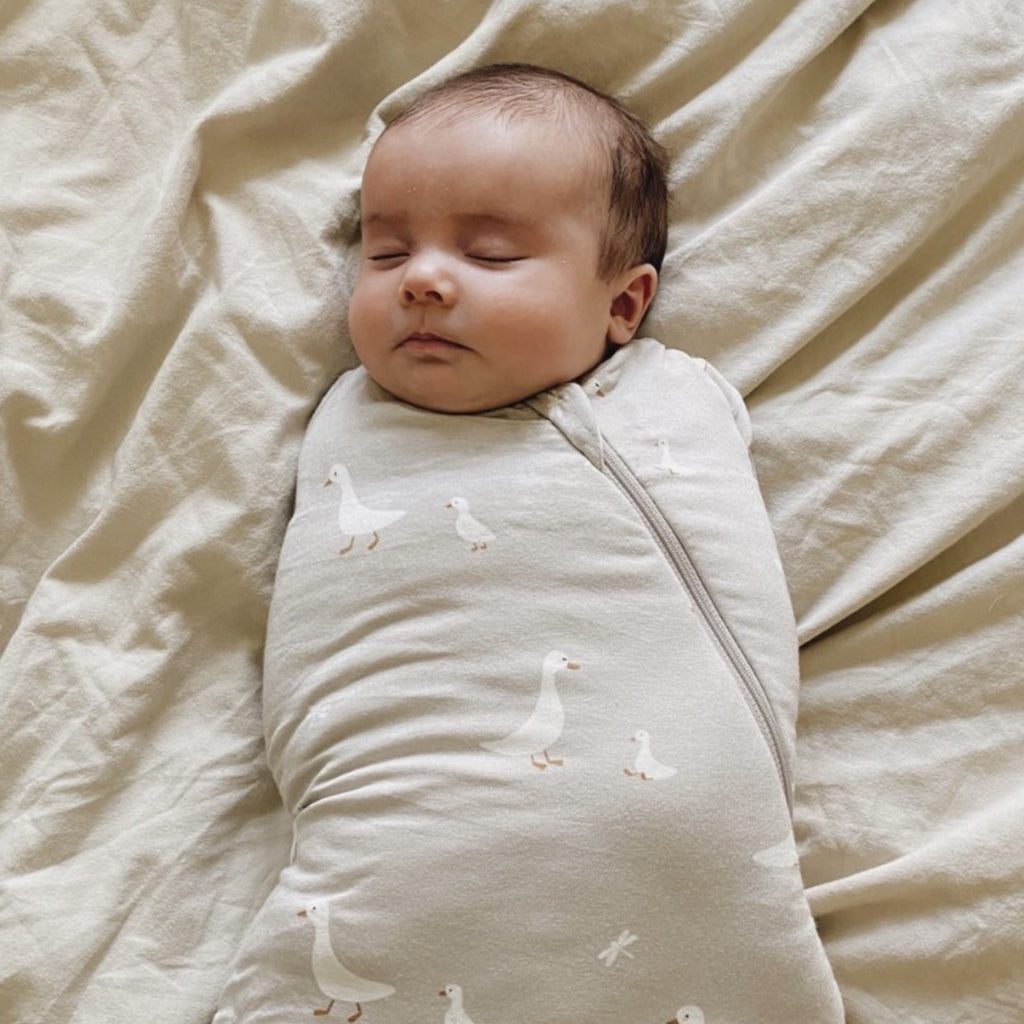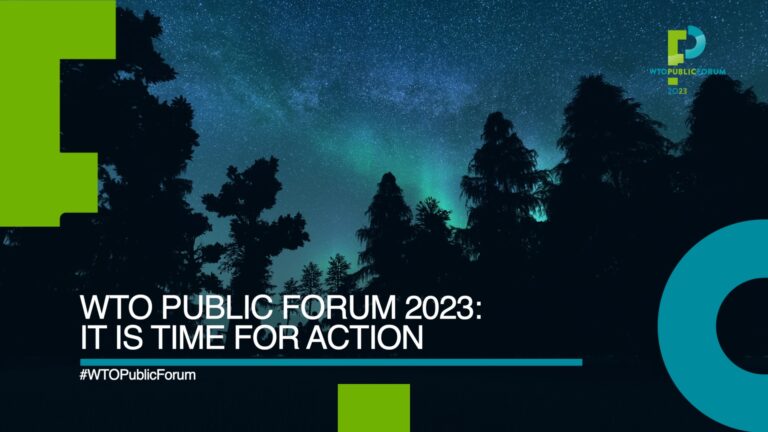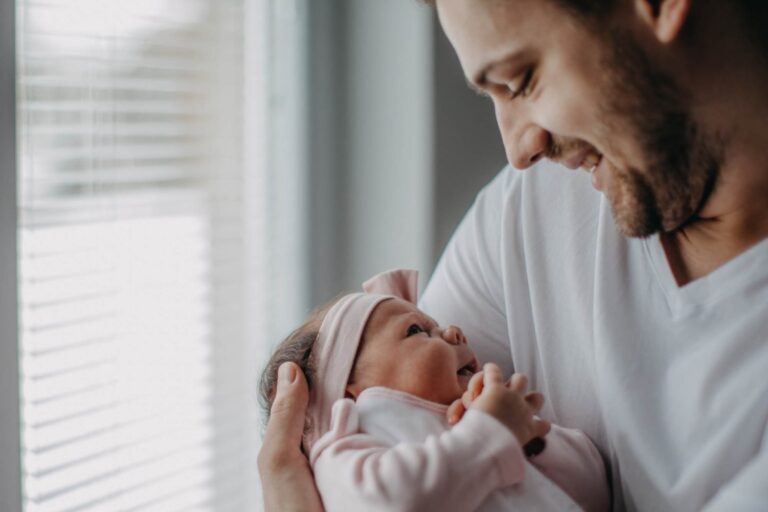How Many Baby Sleeping Bags Do I Need: The Ultimate Guide
For the optimal number of baby sleeping bags, it is recommended to have at least two to three, allowing for one to be worn by the baby, one in the wash, and one spare in the cupboard. This ensures that you are prepared and avoids any inconvenience.
Baby sleeping bags are crucial for a safe and comfortable sleep environment, as they can reduce the risk of sudden death and prevent limbs from getting trapped in crib rails. It is important to choose a sleep bag with an appropriate tog rating for the room temperature and dress your baby in lightweight clothing underneath if necessary.
Additionally, it is advised to avoid layering multiple sleep bags or swaddles to prevent overheating and suffocation hazards. Remember to prioritize safety and comfort when selecting baby sleeping bags.
Benefits Of Baby Sleeping Bags
It is recommended to have at least two to three baby sleeping bags. This way, you’ll have one for your baby to wear while sleeping, another one that needs to be washed, and a spare one in case of emergencies.
Having multiple sleeping bags ensures that your baby is always comfortable and safe.
Baby sleeping bags offer numerous benefits that can contribute to your baby’s comfort and safety. These specially designed bags provide a cozy and secure sleeping environment for your little one, reducing the risk of sudden death, preventing arm and leg entrapment, and ensuring a peaceful night’s sleep for both baby and parents.
Reduces The Risk Of Sudden Death
One of the primary benefits of using a baby sleeping bag is its ability to reduce the risk of sudden death. Traditional blankets can pose suffocation hazards if they cover a baby’s face, increasing the likelihood of Sudden Infant Death Syndrome (SIDS). Baby sleeping bags eliminate this risk by securely wrapping around the baby’s body, maintaining a clear breathing space and reducing the chances of accidental suffocation.
Prevents Arms And Legs From Getting Trapped
Another advantage of baby sleeping bags is their ability to prevent arms and legs from getting trapped in the crib rails. Babies tend to wiggle and move during sleep, and traditional blankets can easily become tangled or wrapped around their limbs, leading to potential injuries. Baby sleeping bags ensure that your little one’s arms and legs stay safely within the bag, providing a worry-free sleeping experience.
Provides A Comfortable And Secure Sleeping Environment
The comfort of your baby is essential for their overall well-being, and baby sleeping bags prioritize both comfort and security. These bags are often made from soft, breathable fabrics that create a gentle and cozy environment for your baby to sleep in. The secure fit of the sleeping bag helps recreate the feeling of being in the womb, offering a sense of comfort and familiarity that promotes better sleep quality.
Additionally, baby sleeping bags provide a consistent and even warmth throughout the night, eliminating the need for additional blankets that can easily be kicked off or tangled. This ensures that your baby remains comfortable and at an optimal temperature, preventing the risk of overheating or getting too cold.
In conclusion, baby sleeping bags offer a range of benefits that contribute to the safety and comfort of your little one. From reducing the risk of sudden death to preventing arm and leg entrapment, these specially designed bags provide a secure and cozy sleeping environment for your baby, promoting better sleep quality for both them and you.
Factors To Consider
When it comes to choosing baby sleeping bags, there are several factors to consider to ensure that your little one is comfortable and safe during sleep time. These factors include the age and size of the baby, the climate and room temperature, and the individual baby’s sleep patterns. Let’s explore each of these factors further:
Age And Size Of The Baby
The age and size of your baby are important considerations when determining how many sleeping bags you need. Babies grow quickly, so it’s essential to choose the right size and consider the age-appropriate recommendations for each sleeping bag. It’s recommended to have at least two to three sleeping bags to accommodate your baby’s growth and have a spare on hand.
Climate And Room Temperature
The climate and room temperature play a significant role in determining the tog rating (a measure of warmth) of the sleeping bag. It’s vital to choose a sleeping bag with an appropriate tog rating to ensure your baby is neither too hot nor too cold during sleep. Consider the current season and temperature of your baby’s room when selecting the tog rating. It’s also important to dress your baby appropriately underneath the sleeping bag, depending on the room temperature.
Individual Baby’s Sleep Patterns
Each baby has unique sleep patterns, and some babies may require more frequent changing of sleeping bags due to accidents, spills, or excessive sweating. Consider your baby’s sleep habits and whether they tend to be messy or require frequent changes. It’s wise to have an extra sleeping bag on hand to accommodate any unexpected situations.
Recommended Number Of Baby Sleeping Bags
To ensure you have enough baby sleeping bags, it is recommended to have at least two to three. This allows for one on your baby, one in the wash, and one spare in case of emergencies. By having multiple sleeping bags, you can ensure your baby stays comfortable and safe during their sleep.
For Newborns: 2-3 Sleeping Bags
For newborns, it is recommended to have at least 2-3 sleeping bags. This allows for one sleeping bag to be used while the others are being washed or as a spare in case of emergencies. Having multiple sleeping bags ensures that your newborn always has a clean and comfortable sleeping environment.
For Infants Up To 6 Months: 3-5 Sleeping Bags
For infants up to 6 months, it is advisable to have 3-5 sleeping bags. Infants tend to have more frequent accidents, such as spitting up or diaper leaks, so having a few extra sleeping bags on hand can be helpful. Additionally, having multiple sleeping bags allows for easy rotation and ensures that your baby is always snug and cozy during sleep time.
For Babies 6-12 Months: 4-6 Sleeping Bags
For babies between 6-12 months old, it is recommended to have 4-6 sleeping bags. At this stage, babies are more active and may require more frequent changes of sleeping bags. Having a few extra sleeping bags also allows for different tog ratings suitable for varying room temperatures. This ensures that your baby stays comfortable and safe throughout the year.
For Toddlers: 2-4 Sleeping Bags
For toddlers, having 2-4 sleeping bags is usually sufficient. Toddlers may have more preferences when it comes to the design or style of their sleeping bags, so having a few options available can help make bedtime more enjoyable. It is also beneficial to have a spare sleeping bag for emergencies or when one is in the wash.

Credit: www.woolino.com
Choosing The Right Tog Rating
When it comes to choosing the right tog rating for your baby sleeping bag, it’s important to consider the room temperature, dressing your baby appropriately, and ensuring a comfortable and safe sleep environment. Understanding the tog rating system is crucial in selecting the right sleep bag for your little one. In this section, we will explain what tog rating is, how to match it with room temperature, and how to dress your baby based on the tog rating.
Explanation Of Tog Rating
The tog rating of a baby sleeping bag refers to its ability to provide insulation and maintain a comfortable temperature for your baby. It indicates the warmth of the sleep bag and is helpful in choosing the most suitable one for different seasons and climates. The higher the tog rating, the warmer the sleep bag.
If you live in a colder region or it’s winter, a sleep bag with a higher tog rating, such as 2.5 or 3.5, would be more appropriate to keep your baby snug and warm. On the other hand, if you reside in a warmer area or it’s summer, selecting a sleep bag with a lower tog rating, such as 0.5 or 1.0, will help prevent overheating.
Matching The Tog Rating To Room Temperature
It’s essential to match the tog rating of the sleeping bag with the ambient room temperature to ensure your baby’s comfort and safety. Maintaining an optimal temperature is crucial for a good night’s sleep. Below is a table to help you determine the appropriate tog rating based on room temperature:
| Room Temperature | Recommended Tog Rating |
|---|---|
| Below 16°C (61°F) | 2.5 or 3.5 tog |
| 16-20°C (61-68°F) | 1.5 or 2.0 tog |
| 20-24°C (68-75°F) | 1.0 or 1.5 tog |
| Above 24°C (75°F) | 0.5 tog or less |
Dressing The Baby Appropriately Based On The Tog Rating
Choosing the right sleep bag tog rating is just one part of ensuring your baby’s comfort during sleep. It’s also important to dress your baby appropriately underneath the sleep bag, based on the tog rating and room temperature. This will help maintain a balanced and comfortable sleep environment.
For colder temperatures and higher tog ratings, dress your baby in lightweight and breathable clothing, such as a onesie or sleepsuit. Avoid adding too many layers or thick garments that can potentially cause overheating.
In warmer temperatures and lower tog ratings, choose lighter clothing options like a simple short-sleeved onesie or a lightweight sleepsuit. Ideally, the sleep bag should be the only layer needed to keep your baby comfortable.
Remember to regularly monitor your baby’s comfort while they sleep and make adjustments accordingly. A good rule of thumb is to touch your baby’s chest or back to check if they feel warm or cool. This can help you assess if the tog rating and dressing are appropriate for the room temperature.
Safety Tips And Guidelines
When it comes to baby sleeping bags, it is recommended to have at least two to three. This ensures one is on the baby, one in the wash, and one spare in case of emergencies. It is important to follow the safety guidelines and choose a sleep bag with an appropriate TOG rating for the room temperature.
Ensuring Proper Fit And Sizing
When it comes to choosing baby sleeping bags, ensuring proper fit and sizing is crucial for your baby’s safety. The sleeping bag should be snug but not too tight, allowing your baby to move their legs and hips comfortably. To determine the appropriate size, refer to the manufacturer’s size chart and measure your baby’s height and weight. Keep in mind that size recommendations may vary between brands, so it’s essential to check the specific guidelines for the sleeping bag you choose.
Avoiding Layering Sleep Bags Or Swaddles
It is important to avoid layering multiple sleep bags or swaddles on your baby. Layering can increase the risk of overheating, which is a safety concern. Instead, choose a single sleep bag or swaddle with an appropriate tog rating for the room temperature. Tog rating indicates the warmth and insulation provided by the sleeping bag. If the temperature is cooler, you can dress your baby in lightweight clothing underneath the sleeping bag.
Checking For Compliance With Safety Standards
When purchasing baby sleeping bags, always check for compliance with safety standards. Look for products that meet recognized safety certifications, such as those from the American Society for Testing and Materials (ASTM) or the Consumer Product Safety Commission (CPSC). These certifications ensure that the sleeping bags have undergone rigorous testing and comply with safety regulations to provide a secure sleep environment for your baby.
Considering Second-hand Options And Safety Precautions
If you are considering purchasing second-hand baby sleeping bags, take extra precautions to ensure their safety. Before buying, research the product online to ensure it complies with safer sleep advice and meets current safety standards. If possible, inspect the sleeping bag in person, checking for any signs of wear or damage. It’s also recommended to wash the sleeping bag thoroughly before use to remove any potential allergens or contaminants.
In conclusion, when it comes to baby sleeping bags, prioritize your baby’s safety by ensuring proper fit and sizing, avoiding layering sleep bags or swaddles, checking for compliance with safety standards, and taking necessary precautions when considering second-hand options. By following these guidelines, you can create a secure sleep environment for your little one, promoting peace of mind for both you and your baby.
Frequently Asked Questions For How Many Baby Sleeping Bags Do I Need
How Many Baby Sleep Sacks Do You Need?
You should have at least two or three baby sleep sacks to ensure you always have a clean one available. Avoid layering sleep sacks to prevent overheating and suffocation risks. Choose the appropriate tog rating based on room temperature and dress your baby in lightweight clothing underneath if necessary.
Can I Put 2 Sleep Sacks On Baby?
No, it is not recommended to put two sleep sacks on a baby as it can increase the risk of overheating and suffocation. Choose a single sleep sack with the appropriate tog rating for the room temperature and dress the baby in lightweight clothing if needed.
Is It Ok To Buy Second Hand Baby Sleeping Bags?
It’s generally safe to buy second hand baby sleeping bags, but make sure to check if they meet safety guidelines before purchasing. Consider the tog rating for the room temperature and dress your baby in lightweight clothing underneath if needed.
It’s recommended to have at least two to three sleeping bags, so you have one for your baby to wear while another one is being washed.
Are Sleeping Bags Essential For Babies?
Sleeping bags are essential for babies as they help reduce the risk of suffocation and entanglement. It is recommended to have at least two to three sleeping bags for your baby. Make sure to choose one with an appropriate tog rating for the room temperature.
Conclusion
To ensure your baby’s safety and comfort during sleep, it is recommended to have at least two to three baby sleeping bags. Layering multiple sleep bags or swaddles is not advised, as it can lead to overheating. Choose a single sleep bag with an appropriate tog rating for the room temperature and dress your baby in lightweight clothing underneath if necessary.
When considering second-hand sleeping bags, always research the product to ensure it meets safety standards. By having a few sleeping bags on hand, you’ll be prepared for any situation and avoid being caught without one.








